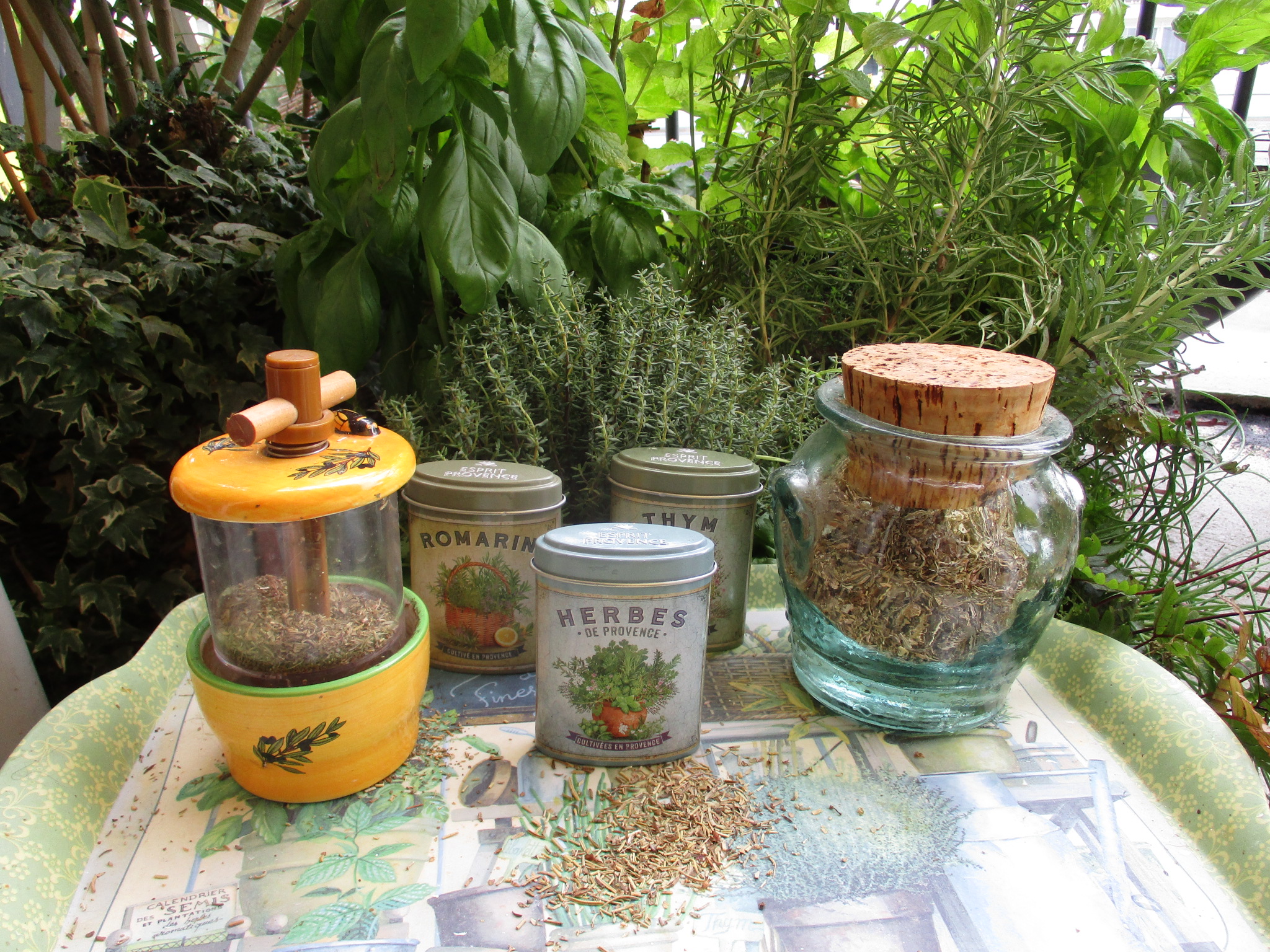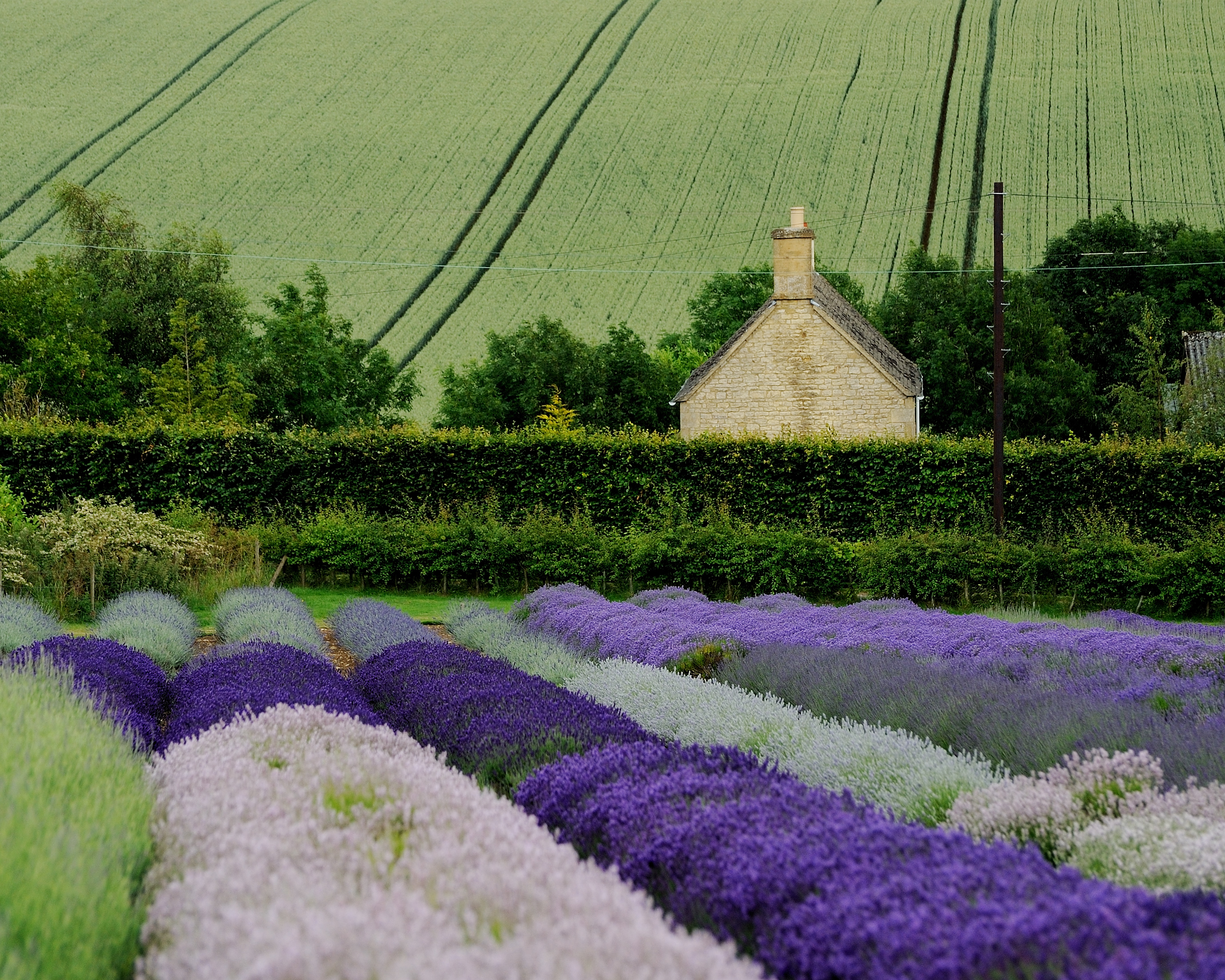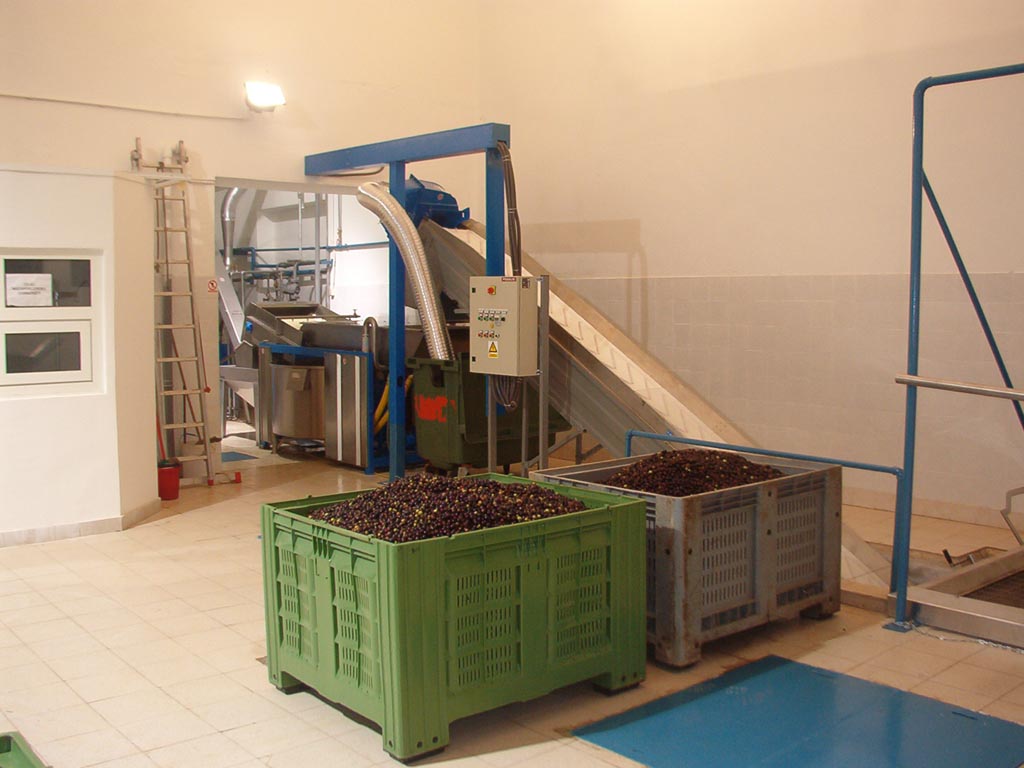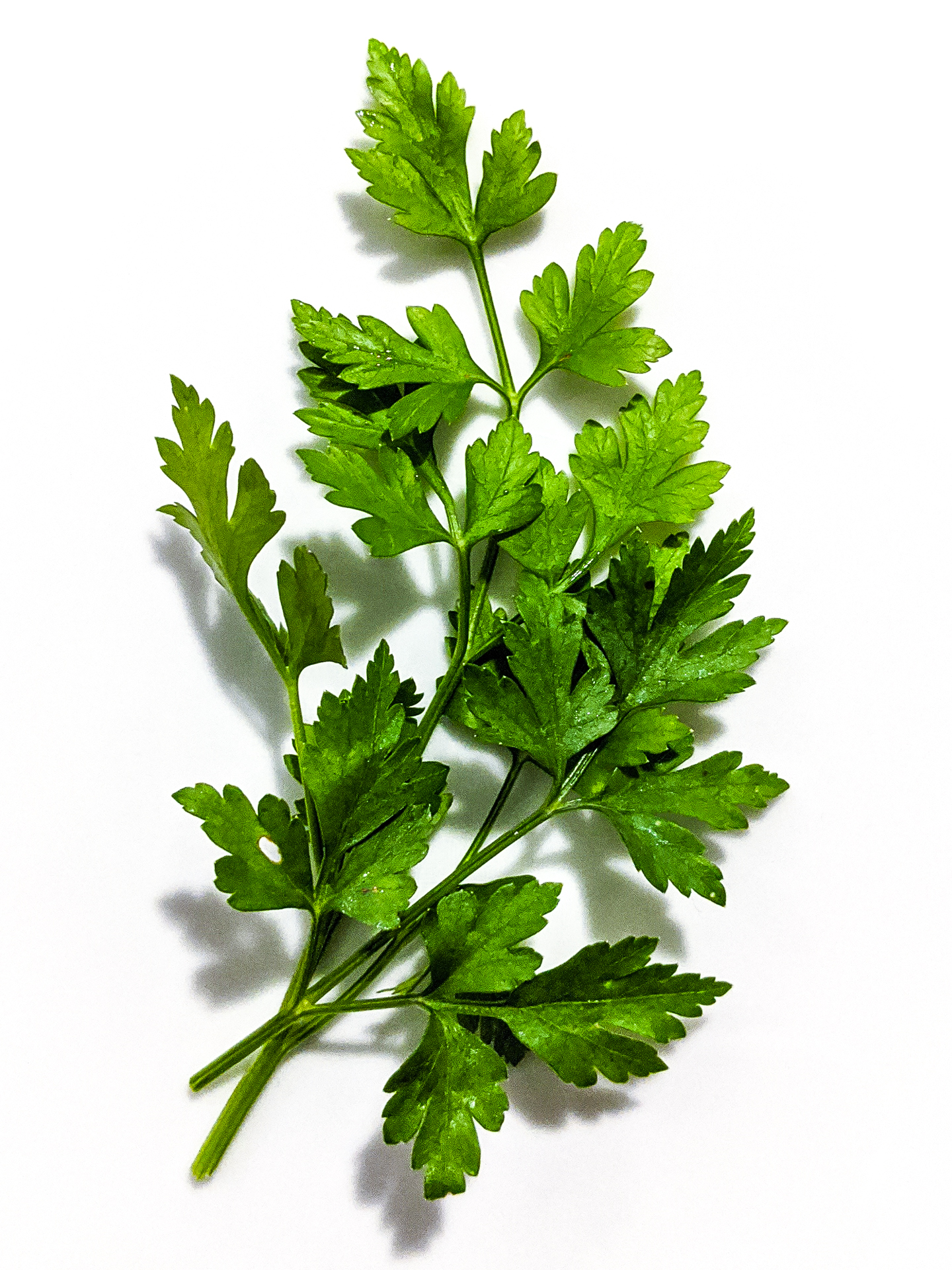|
Herbes De Provence
(; , ) is a mixture of dried herbs considered typical of the Provence region of southeastern France. Formerly simply a descriptive term, commercial blends started to be sold under this name in the 1970s. These blends often contain savory, marjoram, rosemary, thyme, oregano, and more. Lavender leaves or buds are also sometimes included in North American formulations. The herb mixture is typically used with grilled foods, stews, and soups. History Provençal cuisine uses many herbs which are often characterized collectively as ''herbes de Provence'', but not in specific combinations, and not sold as a mixture. It was in the 1970s that homogenised mixtures were formulated by spice wholesalers, including Ducros in France, which is now part of McCormick & Company. Origin The commercial name ''herbes de Provence'' has no Protected Geographical Status or other legal definition. Indeed, only 10% of ''herbes de Provence'' sold in France are produced in France; 95% come from Cent ... [...More Info...] [...Related Items...] OR: [Wikipedia] [Google] [Baidu] |
Lavender
''Lavandula'' (common name lavender) is a genus of 47 known species of perennial flowering plants in the sage family, Lamiaceae. It is native plant, native to the Old World, primarily found across the drier, warmer regions of the Mediterranean Sea, Mediterranean, with an affinity for maritime breezes. Lavender is found on the Iberian Peninsula and around the entirety of the Mediterranean Sea, Mediterranean coastline (including the Adriatic Sea, Adriatic coast, the Balkans, the Levant, and coastal North Africa), in parts of East Africa, Eastern and Southern Africa and the Middle East, as well as in South Asia and on the Indian subcontinent. Many members of the genus are cultivated extensively in temperate climates as ornamental plants for garden and landscape use, for use as culinary herbs, and also commercially for the extraction of essential oils. Lavender is used in traditional medicine and as an ingredient in cosmetics. Description The genus includes annual or short-lived ... [...More Info...] [...Related Items...] OR: [Wikipedia] [Google] [Baidu] |
Vinaigrette
Vinaigrette ( , ) is made by mixing an edible oil with a mild acid such as vinegar (acetic acid) or lemon juice ( citric acid). The mixture can be enhanced with salt, herbs and/or spices. It is used most commonly as a salad dressing, but can also be used as a marinade. Traditionally, a vinaigrette consists of 3 parts oil and 1 part vinegar mixed into a stable emulsion, but the term is also applied to mixtures with different proportions and to unstable emulsions which last only a short time before separating into layered oil and vinegar phases. Name is the diminutive form of the French word ("vinegar"). It was commonly known as " French dressing" in the 19th century. Preparation In general, vinaigrette consists of 3 parts of oil to 1 part of vinegar whisked into an emulsion. Salt and pepper are often added. Herbs and shallots, too, are often added, especially when it is used for cooked vegetables or grains. Sometimes mustard is used as an emulsifier and to add ... [...More Info...] [...Related Items...] OR: [Wikipedia] [Google] [Baidu] |
Cooking Oil
Cooking oil (also known as edible oil) is a plant or animal liquid fat used in frying, baking, and other types of cooking. Oil allows higher cooking temperatures than water, making cooking faster and more flavorful, while likewise distributing heat, reducing burning and uneven cooking. It sometimes imparts its own flavor. Cooking oil is also used in food preparation and flavoring not involving heat, such as salad dressings and bread dips. Cooking oil is typically a liquid at room temperature, although some oils that contain saturated fat, such as coconut oil, palm oil and palm kernel oil are solid. There are a wide variety of cooking oils from plant sources such as olive oil, palm oil, soybean oil, canola oil ( rapeseed oil), corn oil, peanut oil, sesame oil, sunflower oil and other vegetable oils, as well as animal-based oils like butter and lard. Oil can be flavored with aromatic foodstuffs such as herbs, chilies or garlic. Cooking spray is an aerosol of coo ... [...More Info...] [...Related Items...] OR: [Wikipedia] [Google] [Baidu] |
Fish
A fish (: fish or fishes) is an aquatic animal, aquatic, Anamniotes, anamniotic, gill-bearing vertebrate animal with swimming fish fin, fins and craniate, a hard skull, but lacking limb (anatomy), limbs with digit (anatomy), digits. Fish can be grouped into the more basal (phylogenetics), basal jawless fish and the more common jawed fish, the latter including all extant taxon, living cartilaginous fish, cartilaginous and bony fish, as well as the extinct placoderms and acanthodians. In a break to the long tradition of grouping all fish into a single Class (biology), class (Pisces), modern phylogenetics views fish as a paraphyletic group. Most fish are ectotherm, cold-blooded, their body temperature varying with the surrounding water, though some large nekton, active swimmers like white shark and tuna can hold a higher core temperature. Many fish can communication in aquatic animals#Acoustic, communicate acoustically with each other, such as during courtship displays. The stud ... [...More Info...] [...Related Items...] OR: [Wikipedia] [Google] [Baidu] |
Chervil
Chervil (; ''Anthriscus cerefolium''), sometimes called French parsley or garden chervil (to distinguish it from similar plants also called chervil), is a delicate annual herb related to parsley. It was formerly called myrhis due to its volatile oil with an aroma similar to the resinous substance myrrh. It is commonly used to season mild-flavoured dishes and is a constituent of the French herb mixture . Name The name ''chervil'' is from Anglo-Norman, from Latin or , meaning "leaves of joy"; the Latin is formed, as from an Ancient Greek word (). Description The plants grow to , with tripinnate leaves that may be curly. The small white flowers form small umbels, across. The fruit is about 1 cm long, oblong-ovoid with a slender, ridged beak. Distribution and habitat A member of the Apiaceae, chervil is native to the Caucasus but was spread by the Romans through most of Europe, where it is now naturalised. It is also grown frequently in the United States, where it some ... [...More Info...] [...Related Items...] OR: [Wikipedia] [Google] [Baidu] |
Fennel
Fennel (''Foeniculum vulgare'') is a flowering plant species in the carrot family. It is a hardy, perennial herb with yellow flowers and feathery leaves. It is indigenous to the shores of the Mediterranean but has become widely naturalized in many parts of the world, especially on dry soils near the sea coast and on riverbanks. It is a highly flavorful herb used in cooking and, along with the similar-tasting anise, is one of the primary ingredients of absinthe. Florence fennel or finocchio (, , ) is a selection with a swollen, bulb-like stem base (sometimes called ''bulb fennel'') that is used as a vegetable. Description ''Foeniculum vulgare'' is a perennial herb. The stem is hollow, erect, and glaucous green, and it can grow up to tall. The leaves grow up to long; they are finely dissected, with the ultimate segments filiform (threadlike), about wide. Its leaves are similar to those of dill, but thinner. The flowers are produced in terminal compound umbels wid ... [...More Info...] [...Related Items...] OR: [Wikipedia] [Google] [Baidu] |
Parsley
Parsley, or garden parsley (''Petroselinum crispum''), is a species of flowering plant in the family Apiaceae that is native to Greece, Morocco and the former Yugoslavia. It has been introduced and naturalisation (biology), naturalized in Europe and elsewhere in the world with suitable climates, and is widely cultivated as an herb and a vegetable. It is believed to have been originally grown in Sardinia, and was cultivated in around the 3rd century BC. Linnaeus stated its wild habitat to be Sardinia, whence it was brought to England and apparently first cultivated in Britain in 1548, though literary evidence suggests parsley was used in England in the Middle Ages as early as the Anglo-Saxon period. Parsley is widely used in European cuisine, European, Middle Eastern cuisine, Middle Eastern, and American cuisine. Curly-leaf parsley is often used as a garnish (food), garnish. In Central European cuisine, central Europe, Eastern European cuisine, eastern Europe, and southern Eur ... [...More Info...] [...Related Items...] OR: [Wikipedia] [Google] [Baidu] |
Summer Savory
Summer savory (''Satureja hortensis'') is among the best known of the Satureja, savory genus. It is an annual, but otherwise is similar in use and flavor to the perennial winter savory. It is used more often than winter savory, which has a slightly more bitter flavor. This herb has lilac tubular flowers which bloom in the northern hemisphere from July to September. It grows to around in height and has very slender, bronze-green leaves. The plant is called ' in German language, German, ' in Dutch language, Dutch, ' in French language, French, ' or ' in Italian language, Italian, ' in Portuguese language, Portuguese, ' in Spanish Language, Spanish, ' (') in Greek language, Greek, ' in Hungarian language, Hungarian, ' in Romanian language, Romanian, ' in Polish language, Polish, (') in Bulgarian language, Bulgarian, in Bosnian language, Bosnian, (') in Serbian language, Serbian, (chaber) in Ukrainian language, Ukrainian, (jambil) in Uzbek language, Uzbek, (' or ') ... [...More Info...] [...Related Items...] OR: [Wikipedia] [Google] [Baidu] |
Tarragon
Tarragon (''Artemisia dracunculus''), also known as estragon, is a species of perennial herbaceous plant, herb in the family Asteraceae. It is widespread in the wild across much of Eurasia and North America and is cultivated for culinary and medicinal purposes. One subspecies, ''Artemisia dracunculus'' var. ''sativa'', is cultivated to use the leaves as an aromatic culinary herb. In some other subspecies, the characteristic aroma is largely absent. Informal names for distinguishing the variations include "French tarragon" (best for culinary use) and "Russian tarragon". Tarragon grows to tall, with slender branches. The leaves are lanceolate, long and broad, glossy green, with an Glossary of leaf morphology#Edge, entire margin. The flowers are produced in small capitulum (flower), capitula diameter, each capitulum containing up to 40 yellow or greenish-yellow florets. French tarragon, however, seldom produces any flowers (or seeds). Some tarragon plants produce seeds that are g ... [...More Info...] [...Related Items...] OR: [Wikipedia] [Google] [Baidu] |
Hyssop
''Hyssopus officinalis'' or hyssop is a shrub in the Lamiaceae or mint family native to Southern Europe, the Middle East, and the region surrounding the Caspian Sea. Due to its purported properties as an antiseptic, cough reliever, and expectorant, it has been used in traditional herbal medicine. Description Hyssop is a brightly coloured shrub or subshrub that ranges from in height. The stem is woody at the base, from which grow a number of upright branches. Its leaves are lanceolate, dark green, and from long. During the summer, hyssop produces pink, blue (ssp. aristadus), or, more rarely, white fragrant (ssp. f. albus) flowers. These give rise to small oblong tetra-achenes. History A plant called hyssop has been in use since classical antiquity. Its name is a direct adaptation from the Greek ὕσσωπος (). The Hebrew word אזוב ('' ezov'', ''esov'', or ''esob'') and the Greek word ὕσσωπος probably share a common (but unknown) origin. The name hyssop a ... [...More Info...] [...Related Items...] OR: [Wikipedia] [Google] [Baidu] |
Bay Leaf
The bay leaf is an aromatic leaf commonly used as a herb in cooking. It can be used whole, either dried or fresh, in which case it is removed from the dish before consumption, or less commonly used in ground form. The flavour that a bay leaf imparts to a dish has not been universally agreed upon, but many agree it is a subtle addition. Bay leaves come from various plants and are used for their distinctive flavour and fragrance. The most common source is the bay laurel ('' Laurus nobilis''). Other types include California bay laurel, Indian bay leaf, West Indian bay laurel, and Mexican bay laurel. Bay leaves contain essential oils, such as eucalyptol, terpenes, and methyleugenol, which contribute to their taste and aroma. Bay leaves are used in cuisines including Indian, Filipino, European, and Caribbean. They are typically used in soups, stews, meat, seafood, and vegetable dishes. The leaves should be removed from the cooked food before eating as they can be abrasi ... [...More Info...] [...Related Items...] OR: [Wikipedia] [Google] [Baidu] |





